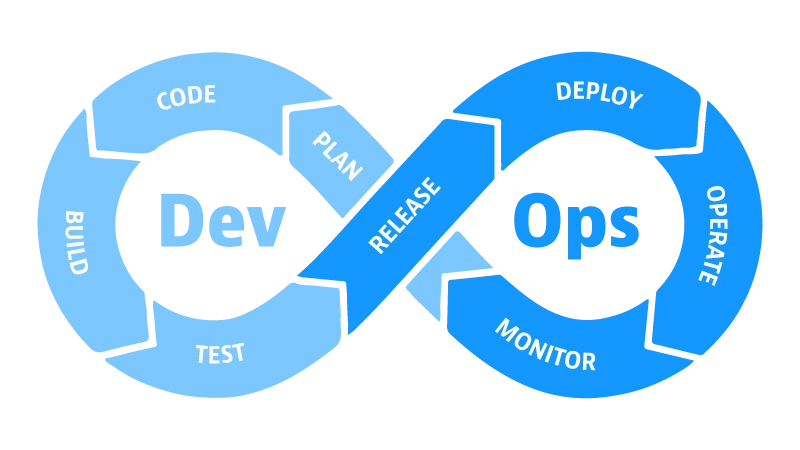Modern development teams move fast, sometimes too fast for security to keep up. Continuous integration and continuous deployment (CI/CD) pipelines have transformed how software is delivered, but they’ve also introduced a new challenge: ensuring that speed doesn’t come at the expense of security.
In this environment, pentesting tools play a crucial role. They help identify vulnerabilities early in the development lifecycle, rather than discovering them after a product goes live. But integrating pentesting into DevOps isn’t as simple as adding another tool to your stack. It requires a mindset shift, a clear process, and an understanding of where things can go wrong.
Let’s explore how you can effectively embed pentesting into your DevOps pipeline, along with common pitfalls to avoid along the way.
Why DevOps and Pentesting Need to Work Together
DevOps was born from a desire to eliminate silos between development and operations. It’s about collaboration, automation, and continuous improvement. However, in many organizations, security still sits outside that loop, often handled by a separate team that only gets involved after deployment.
That’s where DevSecOps comes in, integrating security practices, including penetration testing, directly into the CI/CD workflow. Instead of waiting for annual or quarterly tests, DevSecOps promotes continuous pentesting that keeps pace with code changes.
The idea isn’t to slow developers down, but to make security checks part of the natural rhythm of development. A good pentesting tool can automatically detect vulnerabilities in staging environments, APIs, and web applications as new builds are pushed, giving developers instant feedback while changes are still fresh in their minds.
The Benefits of Integrating Pentesting into the Pipeline
- Shift-Left Security:
Traditional security testing happens too late in the development cycle. By integrating pentesting earlier (“shifting left”), teams can detect misconfigurations, insecure endpoints, and weak authentication before deployment. - Faster Remediation:
When vulnerabilities are caught early, developers can fix them immediately, often before they affect production. This reduces both technical debt and downtime. - Reduced Risk of Breaches:
A continuously tested system is harder to exploit. Automated pentesting tools help identify attack paths before malicious actors do. - Improved Compliance:
Many regulations (like SOC 2, ISO 27001, and GDPR) now expect regular security testing. Integrating pentesting into your CI/CD process simplifies audit preparation. - Cultural Alignment:
Security becomes everyone’s responsibility. Developers stop viewing it as a blocker and start seeing it as part of delivering quality software.
Best Practices for Integrating Pentesting into DevOps
1. Start with the Right Pentesting Tool
Choosing the right pentesting tool is the foundation. Look for one that supports API and web app testing, integrates with your CI/CD stack (GitLab, Jenkins, GitHub Actions, etc.), and provides both automated and manual testing capabilities.
A good tool should fit seamlessly into your workflow, not require rebuilding it. For example, an API-based scanner that can trigger automatically after each deployment is ideal for agile environments.
2. Automate Wherever Possible
Automation is at the heart of DevOps. The same applies to security testing. Use automated pentests for routine scans, regression testing, and endpoint monitoring. Reserve manual pentesting for critical releases or logic-heavy applications where human insight is invaluable.
3. Establish Clear Security Gates
Set predefined criteria that the code must meet before deployment. For instance, if a vulnerability exceeds a certain severity level, the pipeline should automatically halt until it’s resolved. This creates accountability without overwhelming developers with false positives.
4. Prioritize Communication and Visibility
Security results shouldn’t live in a silo. Integrate findings into the same dashboards developers already use. Tools that sync with Slack, Jira, or project boards ensure everyone stays informed about vulnerabilities and progress.
5. Schedule Deep-Dive Manual Pentests
Automated testing is essential, but it can’t replace human expertise. Schedule manual pentests at key milestones, before major product launches, API overhauls, or infrastructure changes. These deep dives uncover logic flaws and chaining vulnerabilities that automation might miss.
6. Make Pentesting Part of the CI/CD Rhythm
Treat pentesting like unit testing. Set automated triggers to run scans during every significant merge or build. This ensures new code doesn’t reintroduce old vulnerabilities.
Common Pitfalls to Avoid
1. Over-Reliance on Automation
Automation makes security faster but not foolproof. Some vulnerabilities, like business logic flaws, can’t be detected by a pentesting tool. Balance automation with periodic manual reviews.
2. Neglecting API Security
Many teams secure their web interfaces but forget their APIs. Given that APIs are now the primary communication channels in modern applications, failing to include them in pentesting can leave huge gaps.
3. Ignoring Developer Feedback
If developers find pentesting reports too noisy or irrelevant, they’ll start ignoring them. Fine-tune your tools and workflows to deliver actionable insights rather than overwhelming lists of low-risk issues.
4. Lack of Post-Test Follow-Up
Running pentests is only half the job. Ensure there’s a process for triaging, prioritizing, and fixing the discovered vulnerabilities, and retesting after patches are applied.
5. Treating Pentesting as a One-Time Event
Security isn’t static. Each new integration, dependency, or code update can introduce risks. Treat pentesting as an ongoing discipline, not a yearly audit.
The Future of DevSecOps: Continuous Pentesting
The next stage in DevSecOps evolution is continuous pentesting, blending automation, AI-driven analysis, and human expertise to provide real-time insights. Instead of scheduling quarterly scans, organizations can maintain 24/7 visibility into their attack surface.
Some modern pentesting tools already enable continuous scanning and automatically generate remediation reports. They analyze every deployment for new vulnerabilities and integrate directly with ticketing systems for faster issue resolution.
For startups and enterprises alike, this approach doesn’t just prevent breaches, it builds resilience. By combining the agility of DevOps with the rigor of security, organizations can innovate faster without compromising trust.
Final Thoughts
Integrating pentesting into your DevOps pipeline isn’t just about checking a compliance box, it’s about embedding security into the DNA of your development culture.
A well-chosen pentesting tool, combined with automation and developer collaboration, transforms security from an afterthought into a competitive advantage. It ensures that every build you deploy is not only functional but also fortified.
As software delivery cycles shrink and cyber threats evolve, continuous pentesting will become the standard for forward-thinking teams. Those who embrace it early will not only ship faster, but they’ll ship safer.







